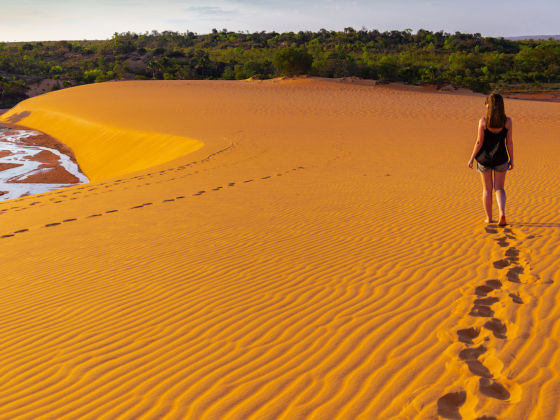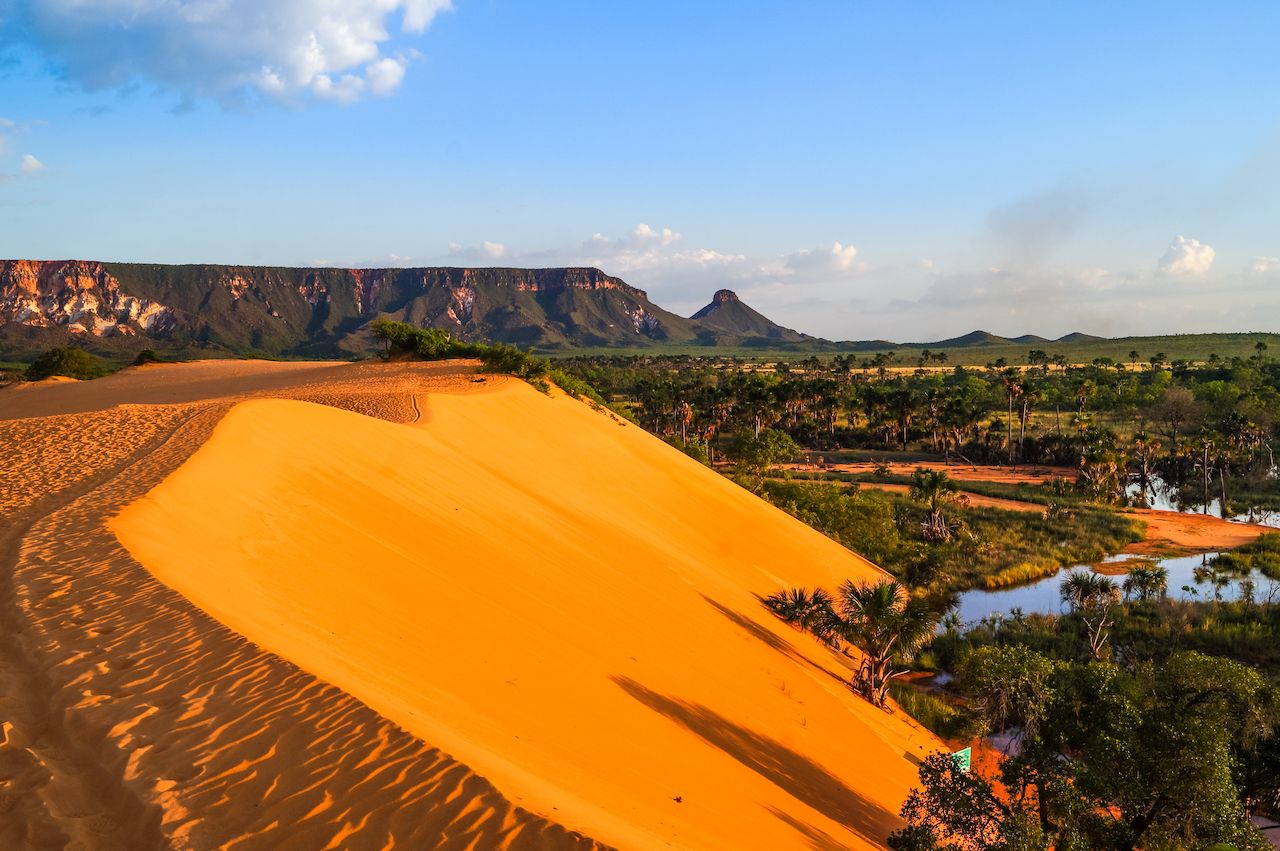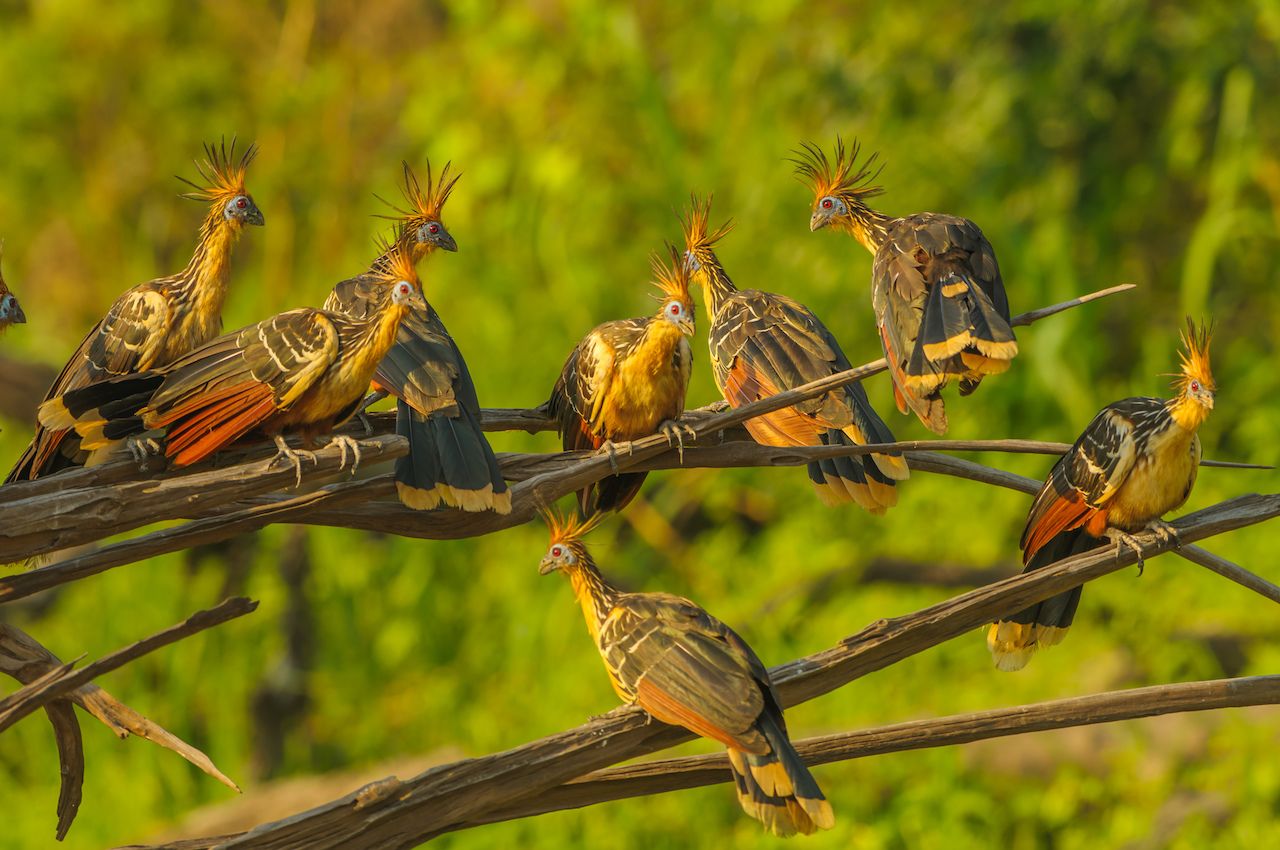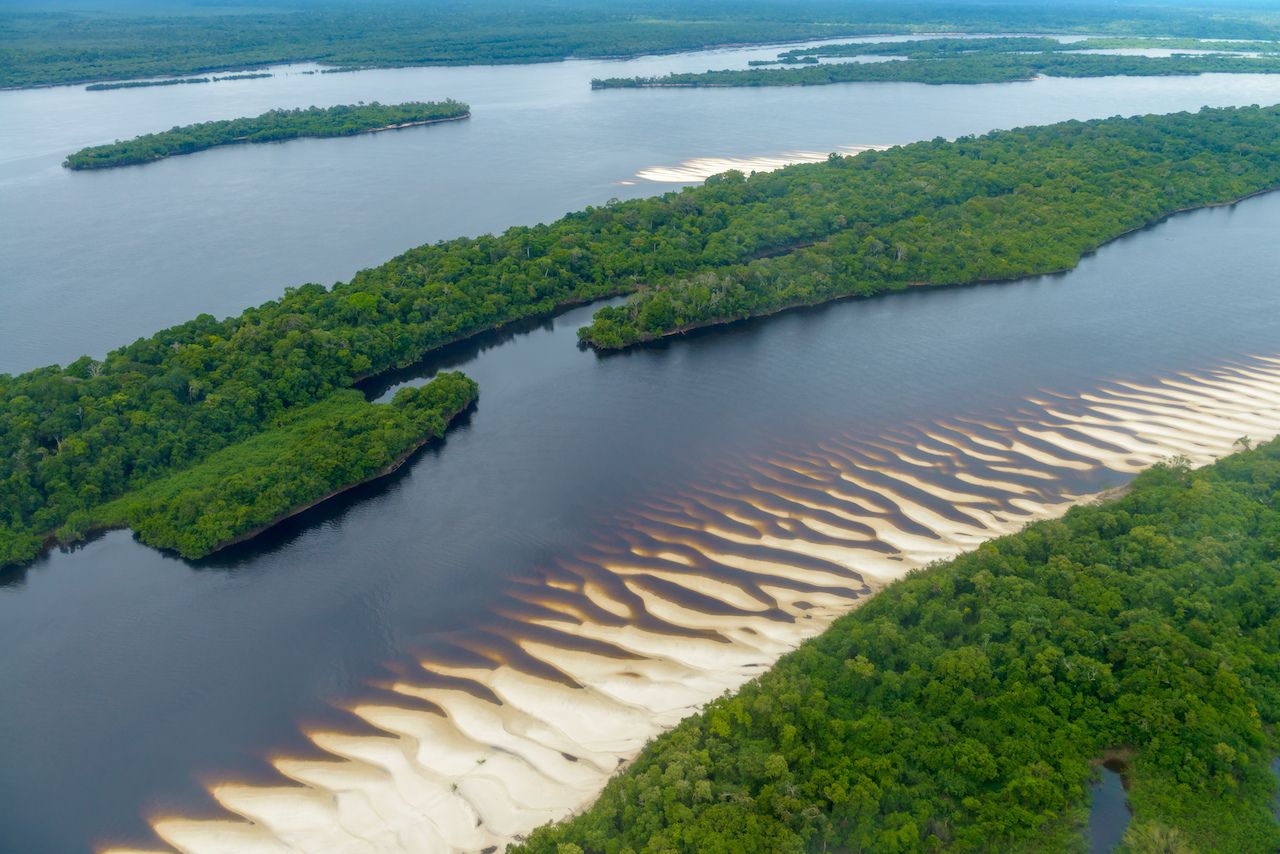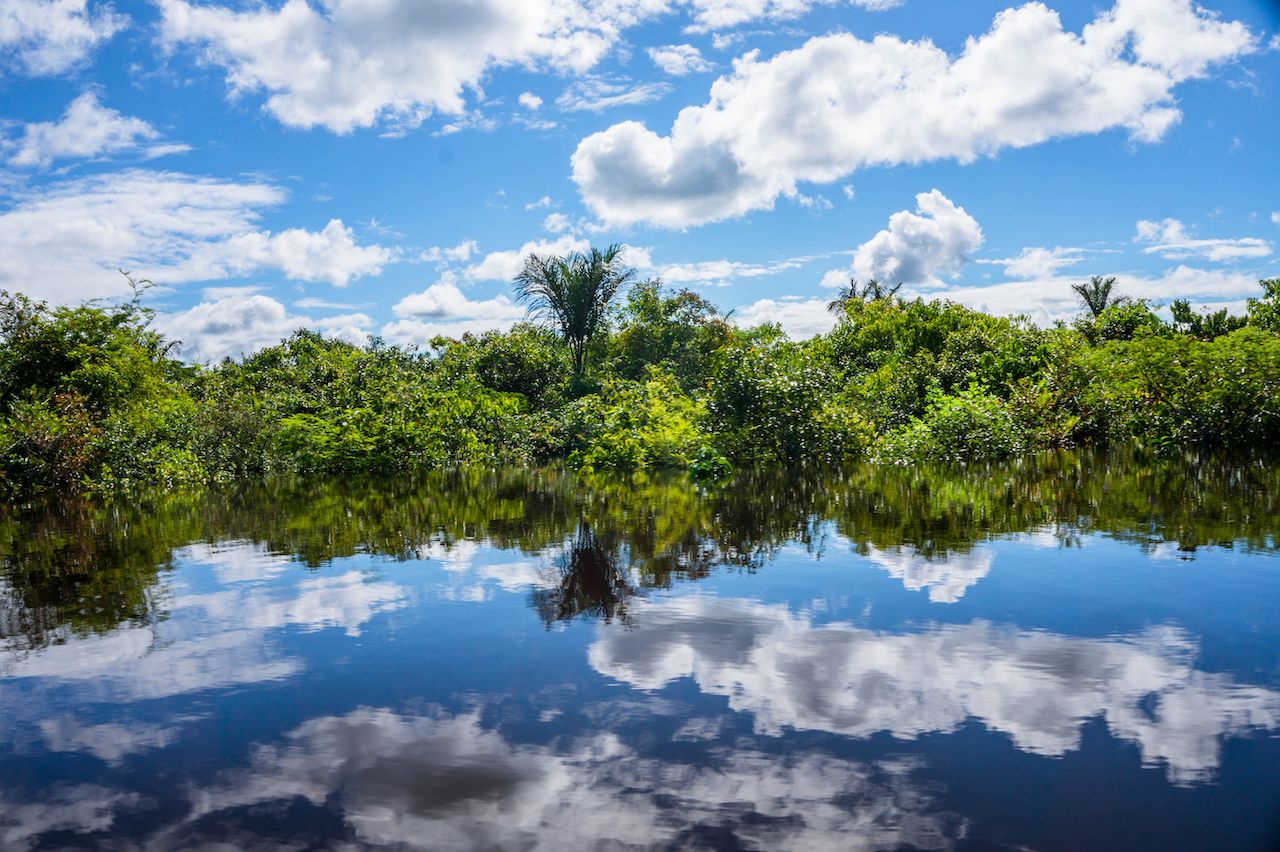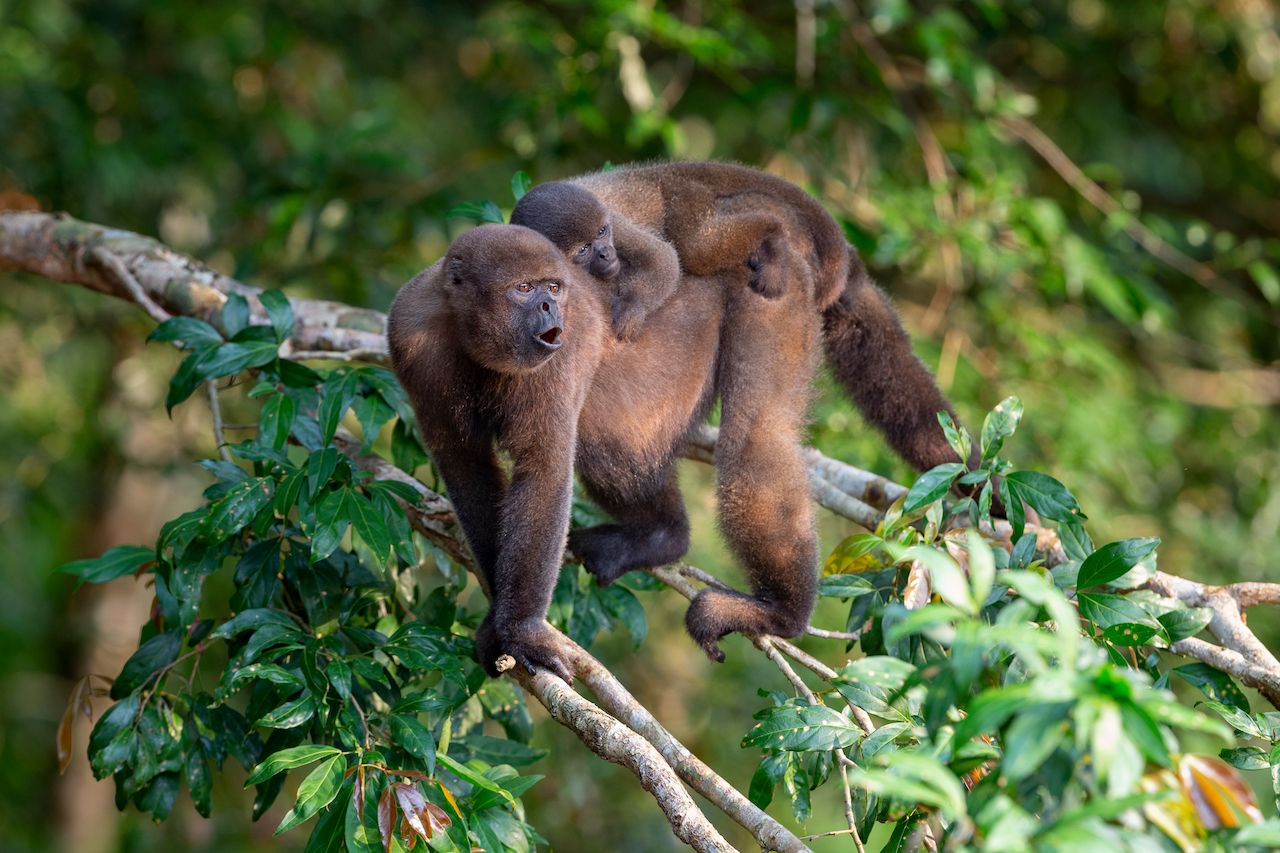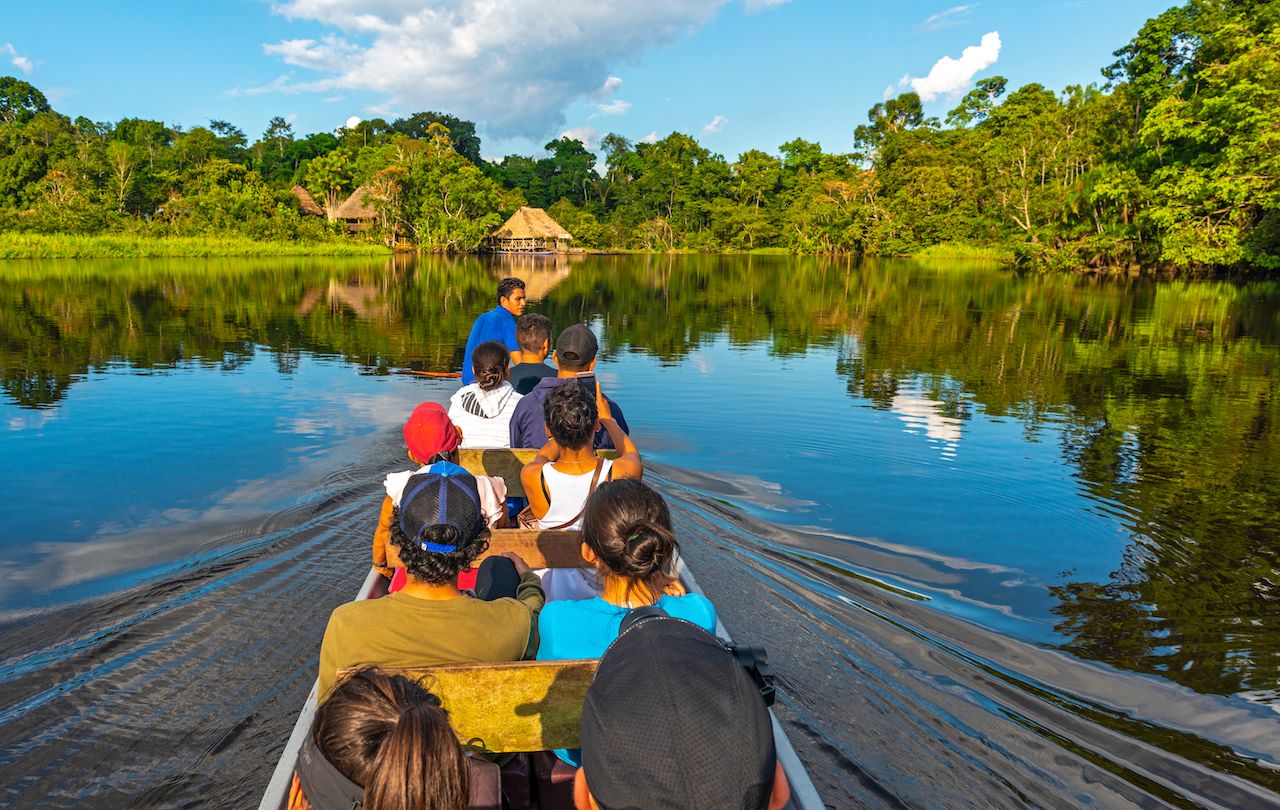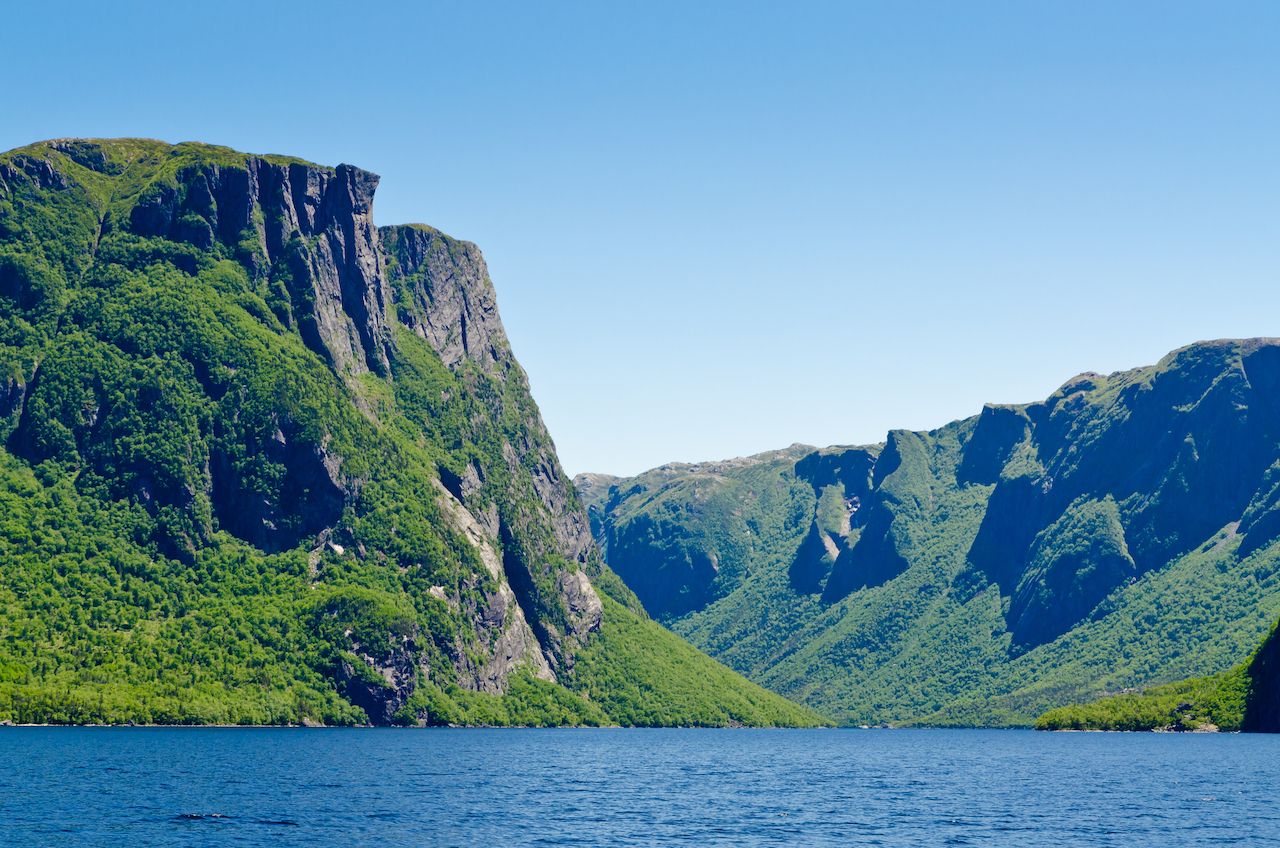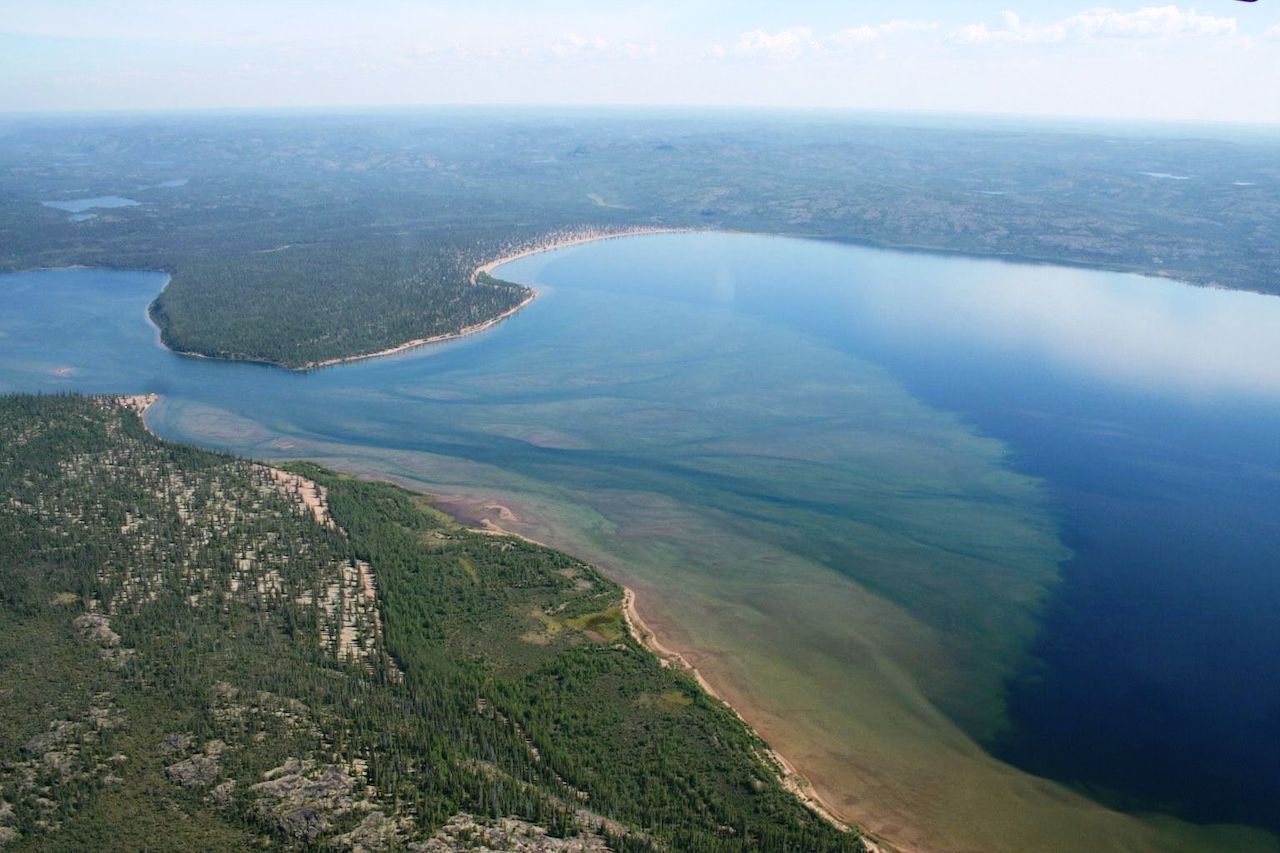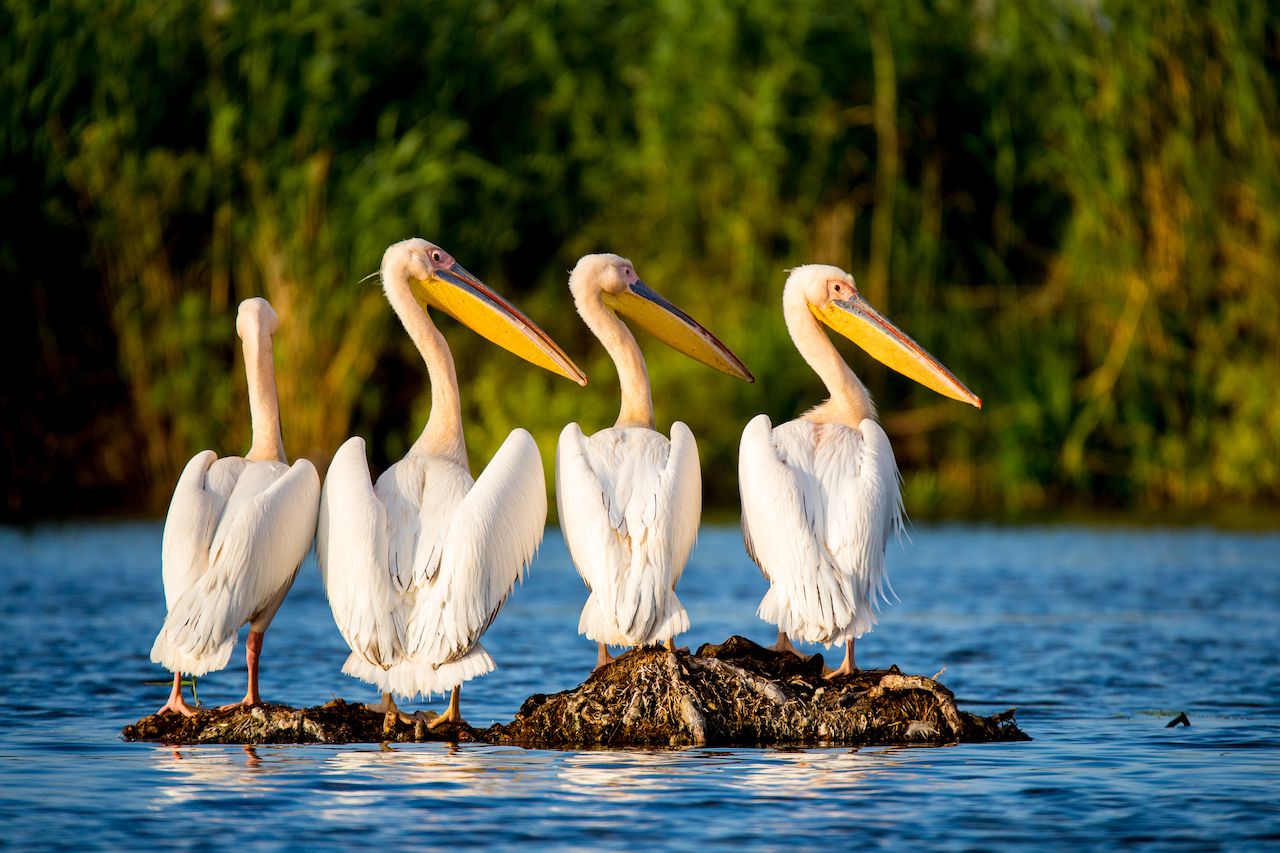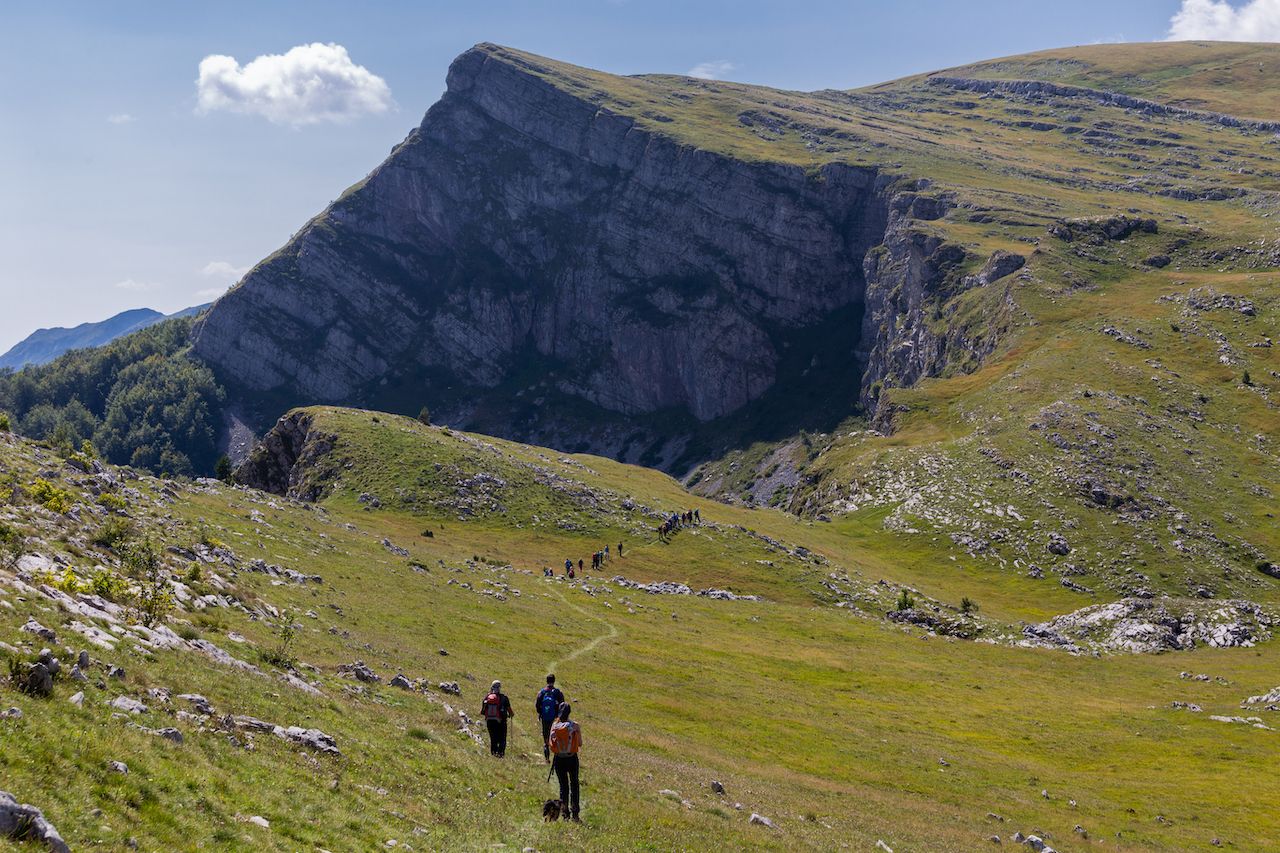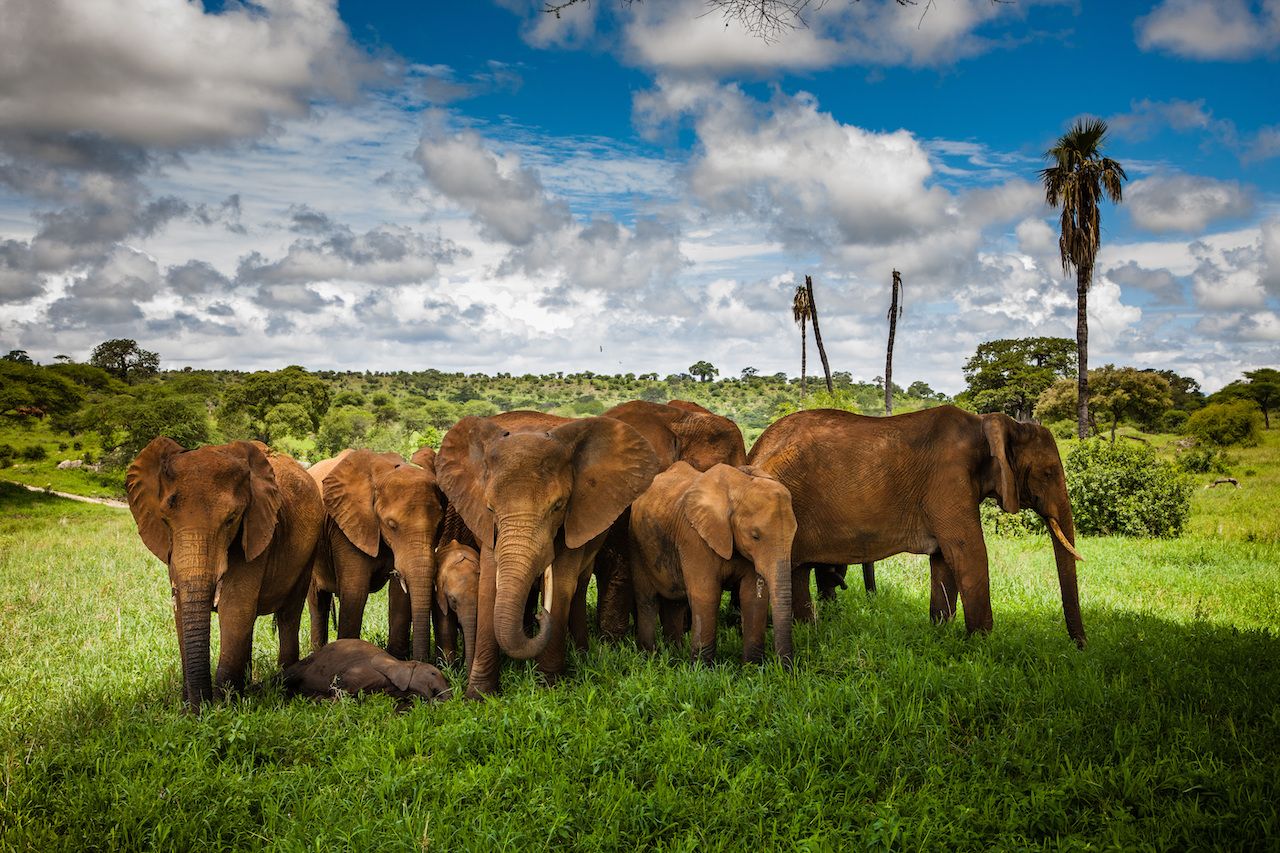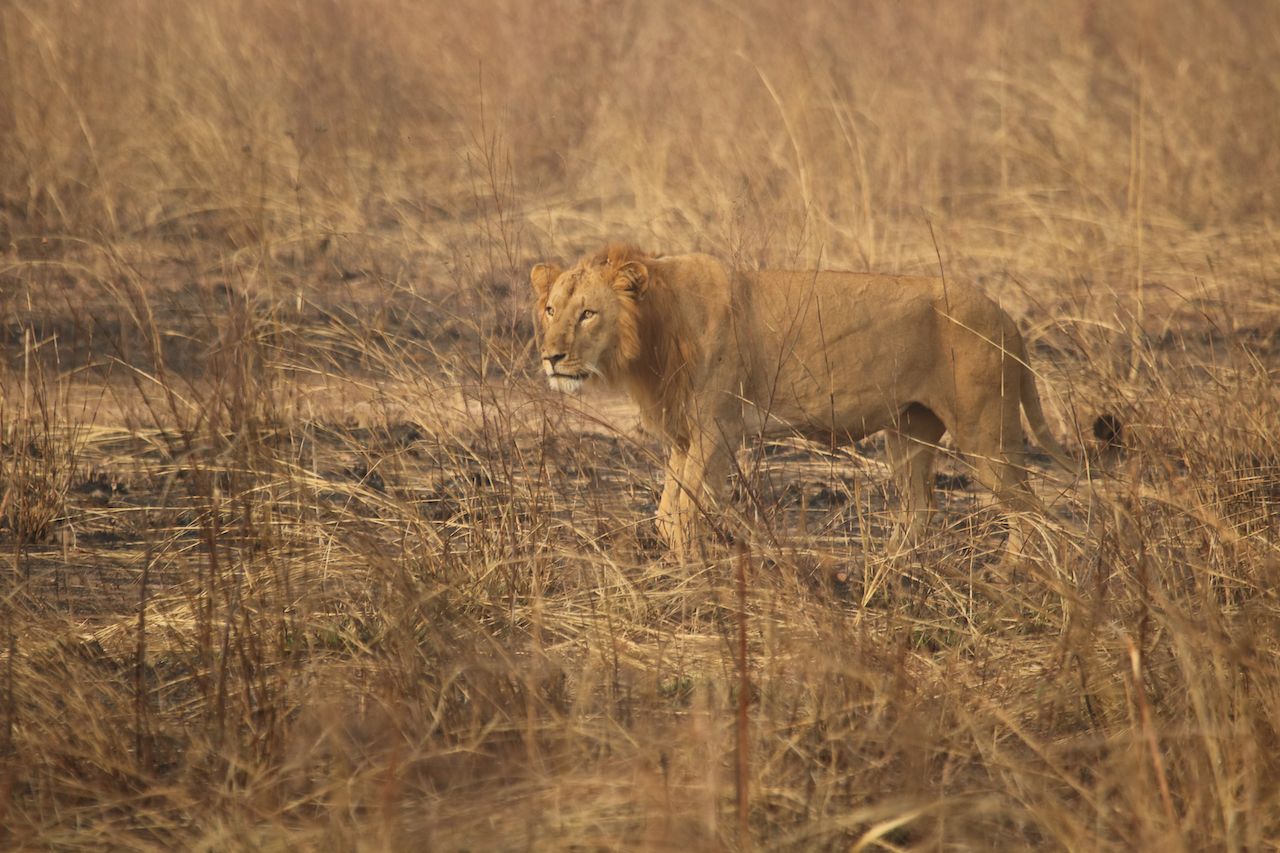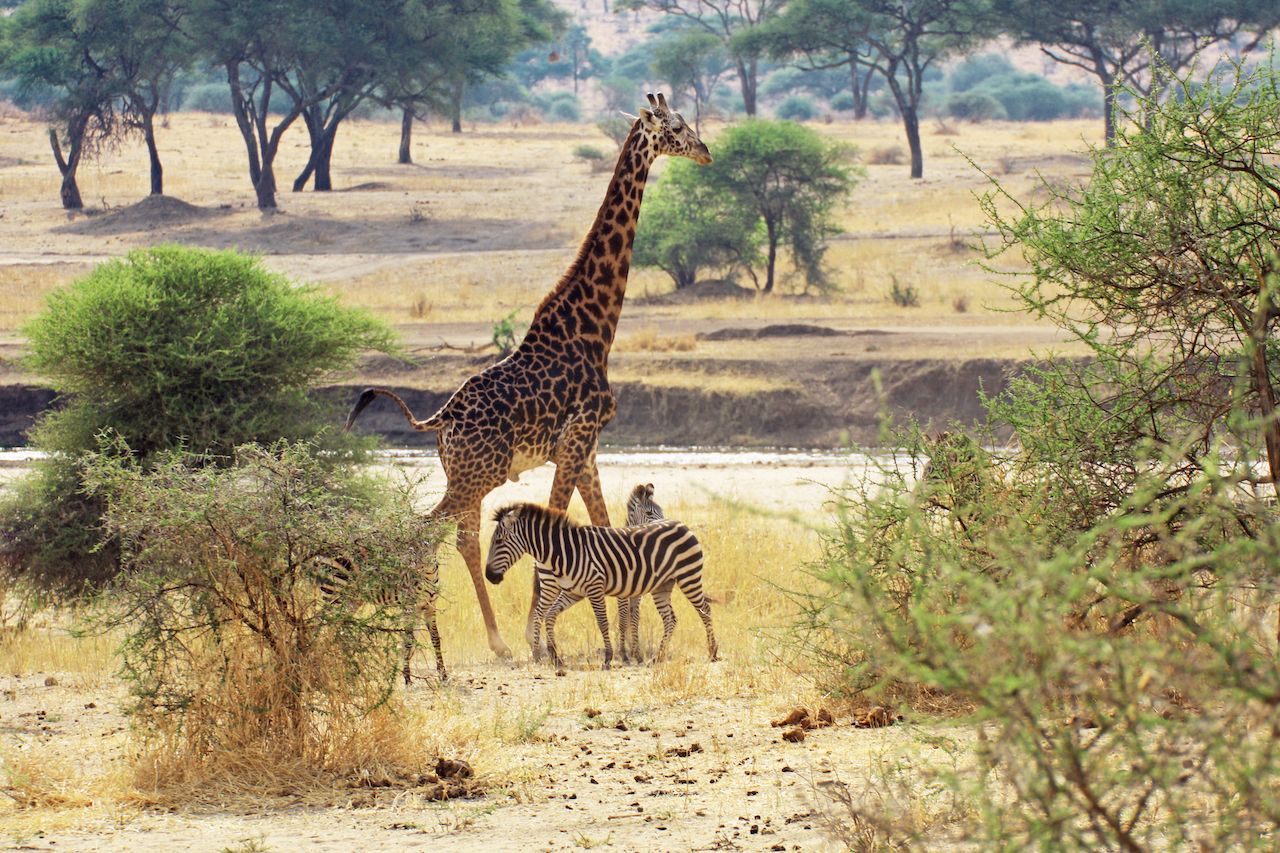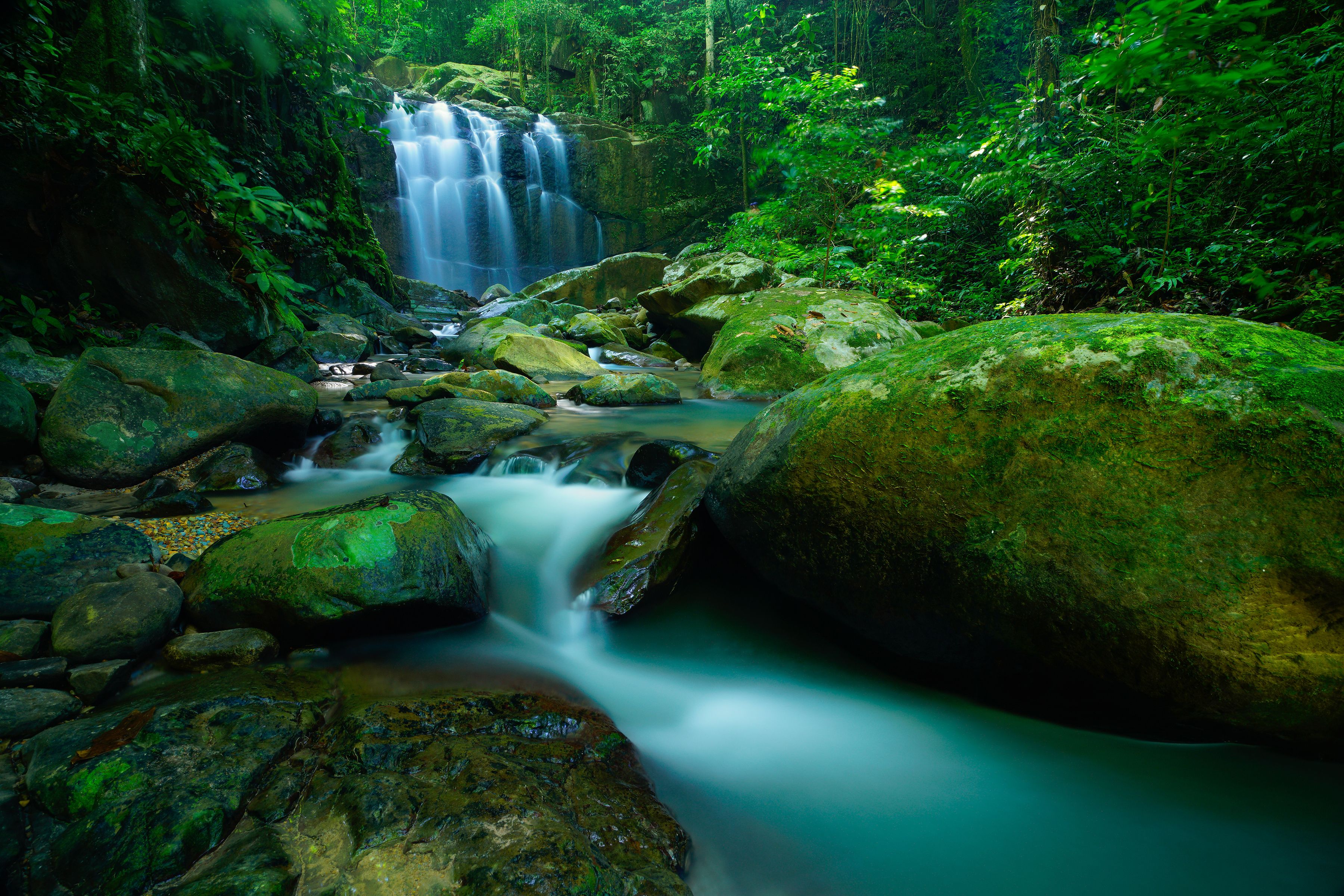As 2019 came to a close, we wrote that some travel can actually be good for the planet. When we travel to natural habitats, we show locals, businesses, and policy-makers that there’s value in preserving these places. Tourism provides local communities with a viable economic alternative to selling for extraction and development. Visitors fuel jobs, giving a tangible, real-time value to natural resources. But where should you go?
We talked to experts around the world and got their top picks on some of the best, and most beautiful, places to put your tourism money to good work.
